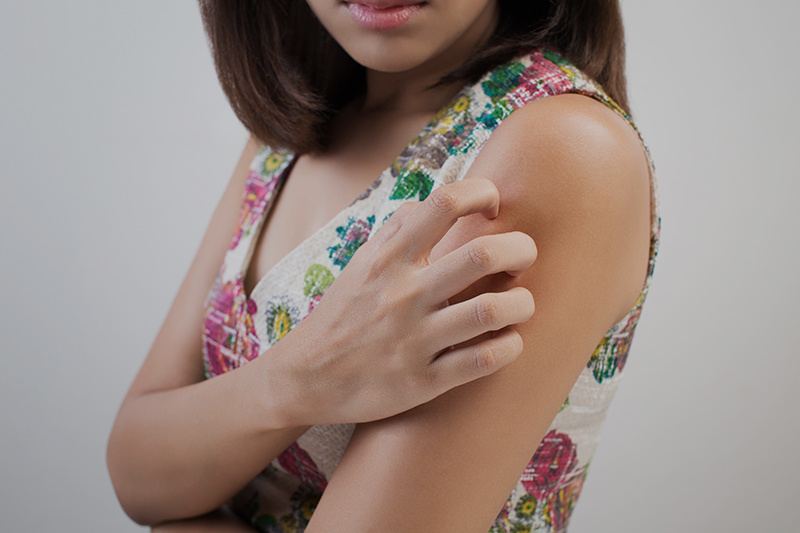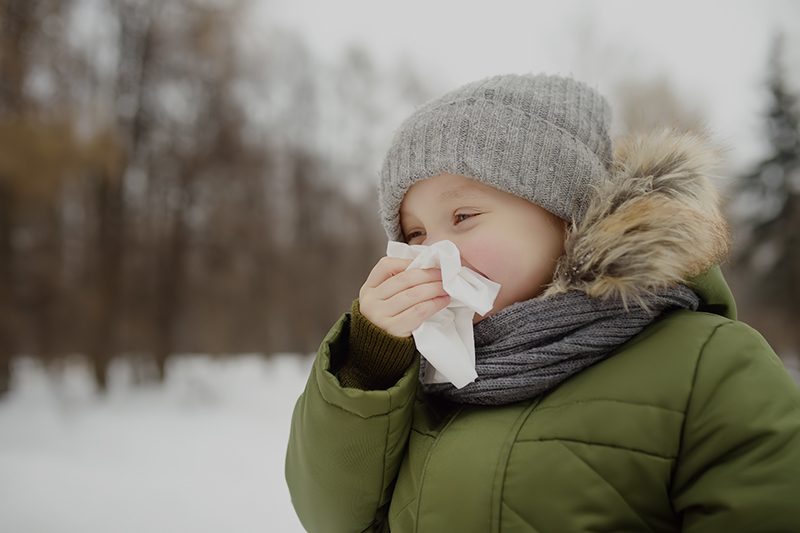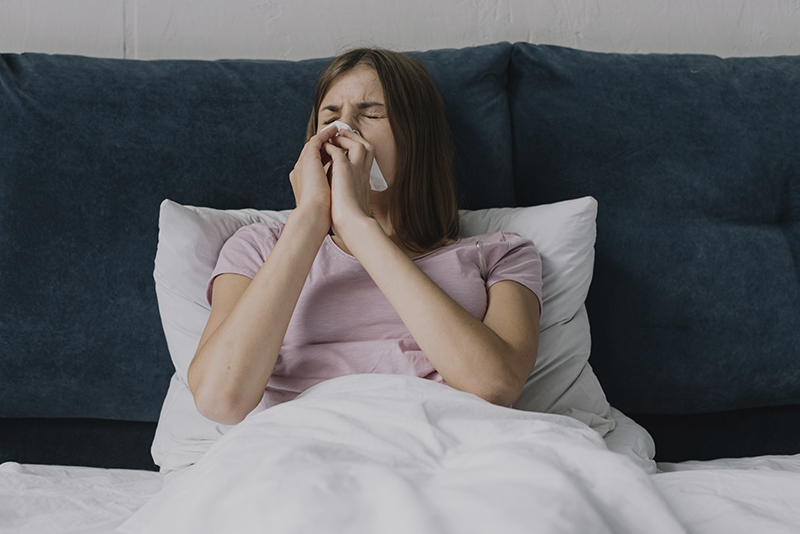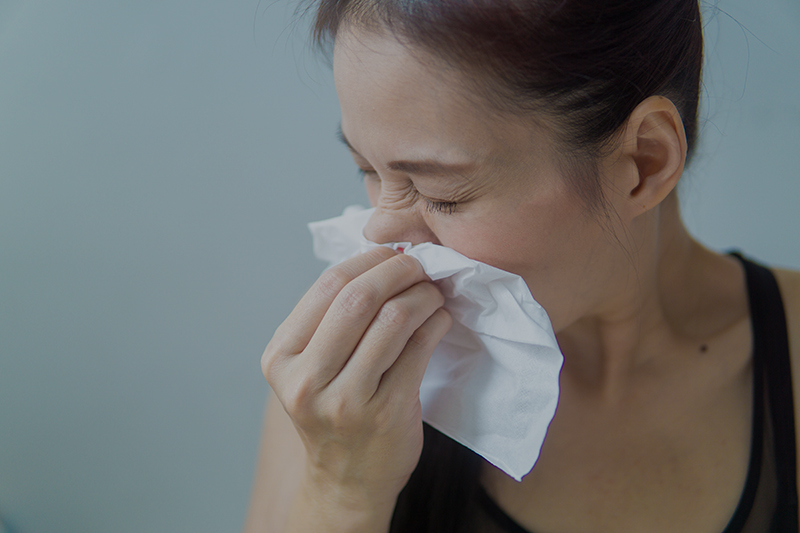
Shaker M, Oppenheimer J, Wallace D, Lang DM, Rambasek T, Dykewicz M, Greenhawt M.
J Allergy Clin Immunol Pract. 2019 Nov 18. pii: S2213-2198(19)30938-9. doi: 10.1016/j.jaip.2019.11.004. [Epub ahead of print]
Chronic spontaneous urticaria can occur in both children and adults, however it is more common in adults, affecting approximately 1% of the population. It usually has an impact in quality of life, sleep and anxiety.
The aim of this study was to assess the cost-effectiveness of routine laboratory testing for secondary causes of chronic spontaneous urticaria.
Patients with more than 20 years old, over a 10-year time horizon, were randomized to receive screening laboratory testing or a no-testing approach. Laboratory results were derived from previously published retrospective studies of patients with chronic spontaneous urticaria. Cost-effectiveness was evaluated at a Willingness to Pay (WTP) threshold of $100,000/quality-adjusted life-year (QALY) using the incremental cost-effectiveness ratio (ICER) in people with untreated urticaria, and patients treated with antihistamines, cyclosporine, or omalizumab.
Average laboratory costs per simulated urticaria patient were $572.97, with only 0.16% (SD, 3.99%) of tests resulting in improved clinical outcomes. Testing costs per laboratory-associated positive outcome were $358,052 (no therapy), $357,576 (antihistamine therapy), $354,115 (cyclosporine), and $262,121 (omalizumab). Screening tests were not cost effective, with ICERs of $856,905 (no therapy), $855,764 (antihistamine therapy), $847,483 (cyclosporine), and $627,318 (omalizumab). In the omalizumab-treated subgroup, testing could be cost-effective below $220 or if it resulted in a 0.73% rate of CSU resolution. From a simulated US population perspective, nation-wide screening costs could reach $941,750,741 – $1,833,501,483.
This study concluded that the likelihood of clinical improvement from laboratory testing is very low, and that testing is not cost-effective in people with urticaria. Therefore, it is not recommended to routinely perform laboratory testing in urticaria patients with normal clinical and physical evaluations.









